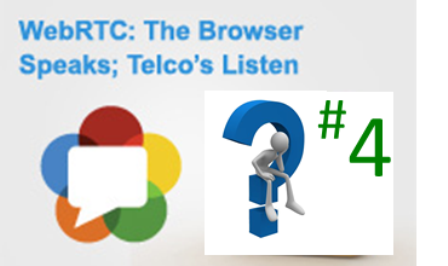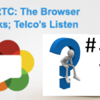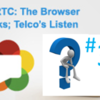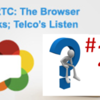
“The contact center use case looks like a natural for WebRTC, but how will that work?”
From our company’s viewpoint, implementing many of the WebRTC use cases in the modern contact center is a matter of normalizing the media and signaling streams between systems to interface with the existing service. The telco perspective in this context doesn’t mean exclusively carriers or service providers, but a wider view of enabling WebRTC endpoints to access known communication services or solutions, such as a contact center.
While our on-demand webinar described a click-to-call WebRTC use case that may already be emerging in the market, another use case has cropped up that is a practical application in the area of agent login and soft-clients. IP contact centers have been using SIP soft-clients on agent workstations with USB headsets for years as an efficient method of equipping the agent with their login endpoint and voice channel. But each soft-client comes with a cost, even to the solution provider, often in form of licenses or royalties to a third party that owns the SIP stack, or a SIP soft-client OEM. It can be a significant cost across a group of agents, and of course, must be passed to the organization subscribing to, or otherwise procuring the contact center service.
So applying the no cost, open source, browser based soft-client capability of WebRTC, even just as a simple narrowband voice channel for agent connectivity is really appealing. It has a low impact to actual contact center operations, and does not require any change to the customer facing portion of the contact center. Granted – this is not earthshaking innovation, rather an incremental and practical use to make the contact center more competitive. And in truth, this is a way to start adopting WebRTC technology without taking a big risk.
And yes, part of this very practical WebRTC use case requires normalizing the media and signaling sessions between the WebRTC agent position and the SIP/VoIP based contact center core, which is where Dialogic will help.
Note: On February, 20th, Dialogic in conjunction with TMC webinars, ran a WebRTC webinar. In terms of number of both registrants and attendees, it was one of the most successful webinars we ever did. The webinar ran 15 minutes over and we were not able to get to some of the key questions that came in at the end. We could have gone literally another hour. This blog is part of a 5 part blog series to get to the top 5 unanswered questions from that webinar.













